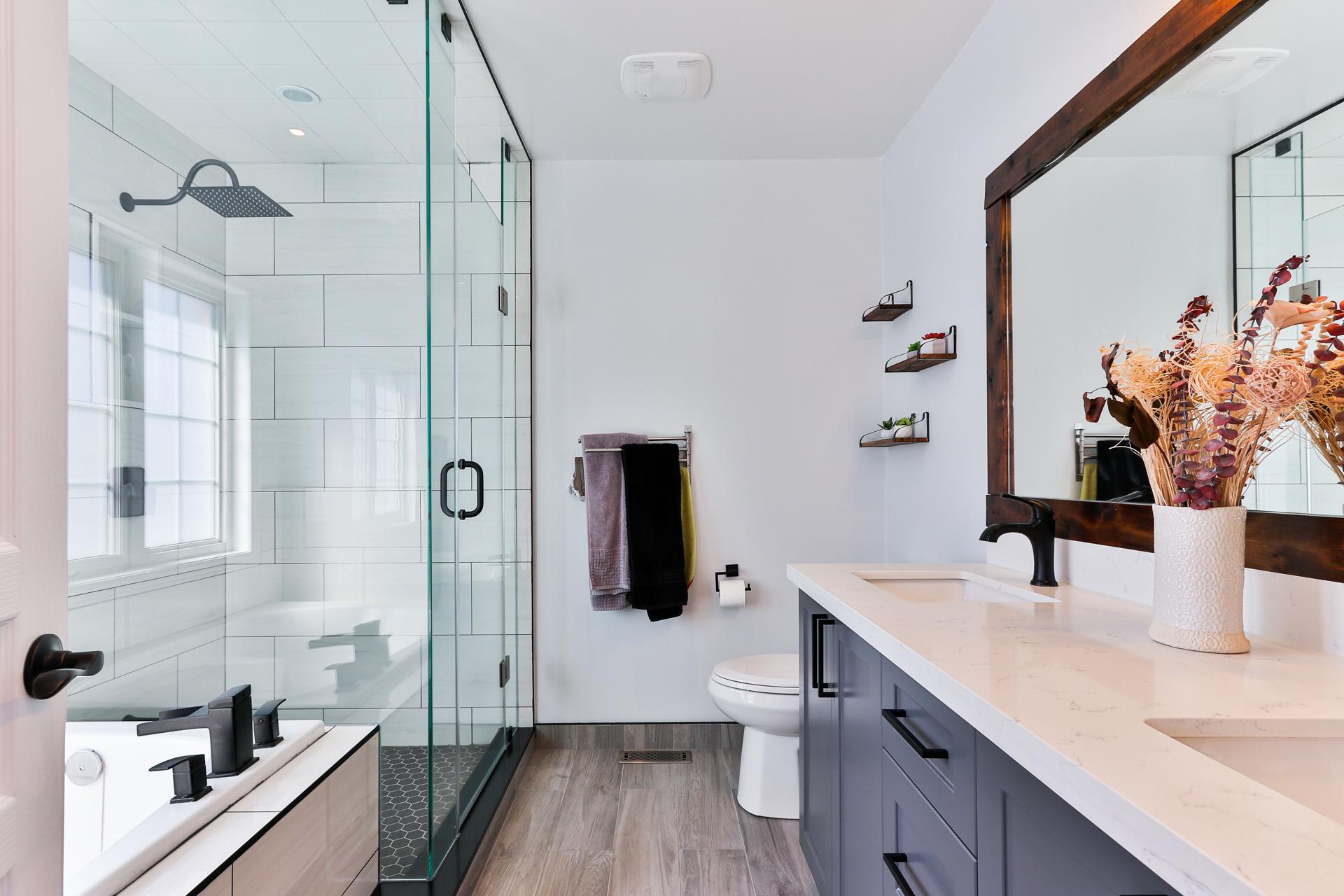Discovering Hot Water Plumbing: 101 Explained

Plumbing for hot water is an essential element of our daily lives. We depend on hot water for a variety of reasons including showering, cleaning dishes, as well as doing laundry. In this article, we will give you a basic understanding of the way hot water plumbing functions.
Heating Water Basics
Hot water plumbing is the system that supplies hot water to various parts of a structure. It differs from cold water plumbing in that it involves heating water prior to being distributed throughout the building. The primary components of a hot water plumbing system comprise the water heater, pipes, fittings and valves. A water heater can be described as the most critical component of a hot-water plumbing system. It warms water and keeps it in storage until it is needed. The pipes transfer boiling hot water out of the water heater to the fixtures including showers and faucets. Valves are used to regulate how hot water flows while fixtures serve to distribute hot water to different parts in the construction.
Different types of hot Water Heaters
There are three primary kinds of hot water heaters on the market including tankless, storage tank, and heat pump water heaters. Tankless water heaters warm the water on demand and don’t store hot water. Storage tank water heaters keep hot water in tanks until it is needed. Heat pump water heaters make use of electric power to transmit heat through air or ground to warm the water. Each type of water heater is hot and has its pros and cons. Tankless water heaters are more energy-efficient and have a longer lifespan, but they are more expensive. Tank water heaters for storage are less costly, but they have a shorter life span and are less energy-efficient. Water heaters with heat pumps are the most energy efficient, however they could not be suitable for colder climates.
Maintenance of Hot Water Pipes
Regular maintenance is crucial in order to make sure that the hot water plumbing system functions properly and efficiently. A few suggestions for maintaining a hot water plumbing system includes checking for leaks as well as flushing the tank or replacing anode rods. It is crucial to check for leaks to prevent water damage , and to make sure that the hot water plumbing system isn’t wasting water. Flushing the tank removes sediment and mineral buildup, which can reduce the efficiency of the water heater. The anode rod is constructed to resist corrosion and must be replaced every few years.
Troubleshooting Plumbing Issues with Hot Water
Common issues that can arise with hot water plumbing systems include lack of hot water or low pressure. If you experience a lack or lack of hot water it could be caused by an inoperative heating element or a defective thermostat. Low water pressure can be the result of a blocked pipe or valve. If you are experiencing any of these problems it is recommended you speak with a professional plumber to diagnose and repair the problem.
Conclusion
Knowing how hot water plumbing works is crucial for ensuring your plumbing is operating correctly and efficiently. Routine maintenance as well as troubleshooting is important to avoid problems and extend the life of the hot water system.
The Hot Water Plumbing FAQ
How long does an electric water heater last?
The lifespan of hot water heaters varies on the model and type. In general, a storage tank water heater lasts 8-12 years, while tankless water heaters can last up to 20 years.
How can I tell whether my hot water heater needs replacing?
Signs that your hot water heater may need to be repaired include corrosion or rust around the tank’s tank, leaks, odd noises, and a lack supply of hot water. If you are experiencing any of these issues it is suggested that you consult a professional plumber.
